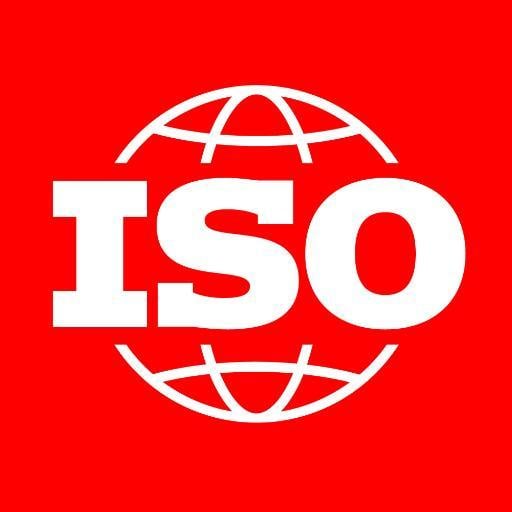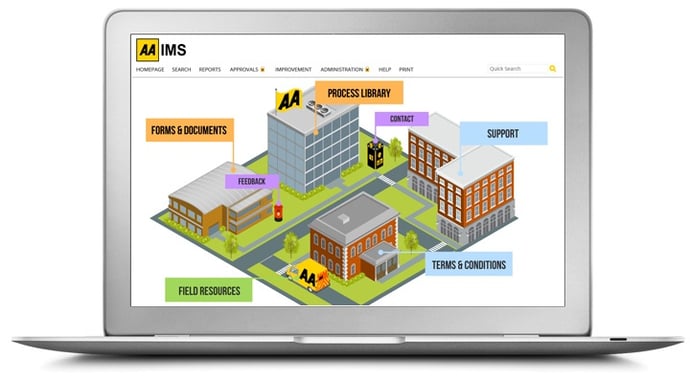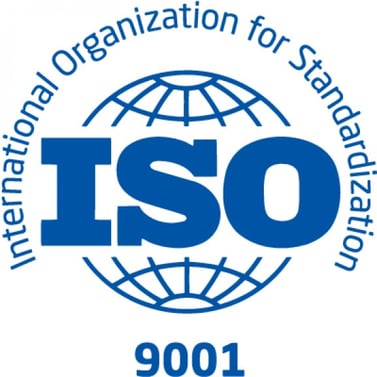"Our ISO certification seems to be running the business rather than vice-versa, how do I turn that around?" Does this sound familiar?
This is a common cry by many and adds to a feeling often held by business leaders that Quality is all about box ticking, rather than a core, value adding element of the business. In this article I will examine why this is and how to turn it around.
Firstly though, what is ISO certification?
What is ISO Certification?

ISO certification, confirms that your organisation has reached an International Standard as defined by ISO.
International Standards set out specifications for products, services and systems, to ensure quality, safety and efficiency. Their aim is to facilitate international trade.
ISO is the International Organisation for Standardisation. It is an independent, non-governmental international organisation with a membership of 161 national standards bodies. Through its members, it brings together experts to share knowledge and develop voluntary, consensus-based, market relevant International Standards to support innovation and provide solutions to global challenges.
What are the ISO 9000 Standards?
The ISO 9000 family addresses various aspects of quality management and contains some of ISO’s best known standards. The standards provide guidance and tools for organisations who want to ensure that their products and services consistently meet customers' requirements, and that quality is consistently improved.
Standards in the ISO 9000 family include:
- ISO 9001:2015 - sets out the requirements of a quality management system
- ISO 9000:2015 - covers the basic concepts and language
- ISO 9004:2009 - focuses on how to make a quality management system more efficient and effective
- ISO 19011:2011 - sets out guidance on internal and external audits of quality management systems
What you should know about ISO 9001:2015?
ISO 9001 is the standard that sets out the requirements for a quality management system. It helps organisations to be more efficient and improve customer satisfaction.
It is the largest standard in the world with 1.2 million certificates worldwide (latest figures released in 2014) and it is often trying to achieve ISO 9001 certification, that can lead to the feeling that the certification tail is wagging the business dog.
This is in fact something that ISO seem to be aware of.
"Not just a badge"
In 2014 I attended an ISO 9001:2015 briefing by Mark Braham, Team Leader of the CQI Standards and member of the ISO/TC176/WG24, at that time, drafting the new ISO 9001 standard.
A core focus of Mark’s briefing was that achieving ISO 9001 should strengthen and improve a business, not just result in an ISO badge for display.
It is with this aim that ISO have further entrenched the role of process in the 2015 revision and also the role of leadership (previously only ‘management responsibility’ was referenced). The leadership of the business is now expected to play a fuller role in quality management – giving encouragement to the principle of aligning the business’ quality strategy with its corporate strategy.
ISO 9001:2015 is based on seven quality management principles.
The 7 Quality Management Principles (QMP) of ISO 9001:2015
The seven quality management principles are:
QMP 1 –Customer focus: Meeting – and exceeding – customer needs is the primary focus of quality management.
QMP 2 –Leadership: Having a unified direction or mission that comes from strong leadership is essential.
QMP 3 –Engagement of people: Competent, empowered and engaged people at all levels of your organisation.
QMP 4 –Process approach: Understanding activities as processes that link together and function as a system.
QMP 5 –Improvement: Successful organisations have an ongoing focus on improvement.
QMP 6 – Evidence-based decision making: Ensuring your decisions are based on the analysis and evaluation of data is more likely to produce the desired result.
QMP 7 – Relationship management: Identifying the important relationships you have with interested parties such as your suppliers – and setting out a plan to manage them – will drive sustained success.
Certification to ISO 9001:2015
Certification to ISO 9001:2015 requires checking that your quality management system deliver on these QMPs – this is a vital part of ISO 9001:2015.
How do I ensure that ISO 9001:2015 certification benefits the business?
ISO do try to answer this question in its brochure, ‘ISO 9001:2015 How to use it’. They state:
“There are many ways an organisation can implement a quality management system…., but here are a few tips to get you started.
- Define your objectives. Why do you want to implement the standard?
- Make sure senior management is on board. It is crucial that everyone – from the top down – is supportive of the initiative and its objectives.
- Identify your organisation’s key processes for meeting your objectives as well as your customers’ needs. Within each of these processes, make sure you understand your customers’ requirements and can guarantee that these are met – each and every time. This will form the basis of your quality management system.”
This is helpful advice. Let’s examine each tip in turn:
1. Define your objectives
If your objective for achieving ISO certification is just to say that you have done it – well that’s the extent of the benefit that you will get from it. However, if you align your certification with a corporate objective, you will achieve both. This can only be done by aligning your quality strategy with your corporate strategy and positioning your quality management system (the one that gets audited for the ISO 9001:2015 certification) to support them both.Both are key to ensuring that achieving the ISO certification delivers value to the business.
2. Make sure senior management is on board
Having everyone on board – from the top down – is an absolute must to enable alignment of your quality strategy with your corporate strategy. You aren’t going to be able to put your quality management system at the heart of your organisation without it. You are not going to be able to ensure that achieving the ISO certification delivers value to the business without it.3. Identify your organisation's key processes
To my mind there are two key points to this tip.
The first is a call to identify your processes. The words process mapping are not used, but this is certainly the best way to identify your key processes. For more information on process mapping please read: Process Mapping: Who does it and why?
The second is the focus on the customer, which can only be done if the quality management system contains the end-to-end processes of the whole organisation. So your quality management system must be your business -wide Business Process Management system, not just something put together to enable you to obtain ISO certification.
In summary
So in summary, running your business effectively can and should result in your ISO certificate.
Align your quality strategy to your corporate strategy and implement a Business’ Process Management system to support both and deliver ISO 9001:2015 certification.
This way, the business runs the ISO certification rather than the other way round.

How do I choose a Business Process Management (BPM) system?
There are a great number of quality systems which deliver a Business Process Management approach and which one your organisation chooses will depend on your corporate objectives. However a checklist against the following is essential:
- Delivers an end-to-end process model of how your business currently works
- Is easily accessible and easily searchable by everyone in your business
- Identifies responsibility and accountability as a minimum
- Allows data capture against the processes to enable evidenced based decision making
- Is designed and structured to engage your specific end users
- Offer the capability to model differing options or process improvement
For more detail on this, please read the article:
The Top 10 things your Quality Management System (QMS) must deliver
We hope that you have found this article useful. As you may have gathered, here at Triaster, we have developed a Business Process Management system that delivers and supports all of the above and will definitely allow your business to run your ISO certification, rather than vice versa.
To read about how Triaster customer Sungard AS has implemented a global target operating model for Service Management whilst ensuring ongoing alignment with existing ISO standards (ISO 27001 & 9001) and positioned Sungard AS to achieve ISO 2000, please read their case study:
Related articles:
Process Mapping: Who does it and why?
The Top 10 things your Quality Management system (QMS) must deliver
How much does Business Process Management (BPM software cost?
Written by Emma Harris
Emma was Operations Director for Triaster for nearly 20 years, during which time as well as learning and perfecting her BPM and process improvement skills, she honed her inbound marketing expertise. She now runs D2e - Designed to engage - which designs and develops bespoke, engaging, HubSpot CMS websites, that help your entire company to grow and scale. She is delighted to still be delivering Triaster's marketing, whilst also helping other companies turn their websites into their hardest working asset.


